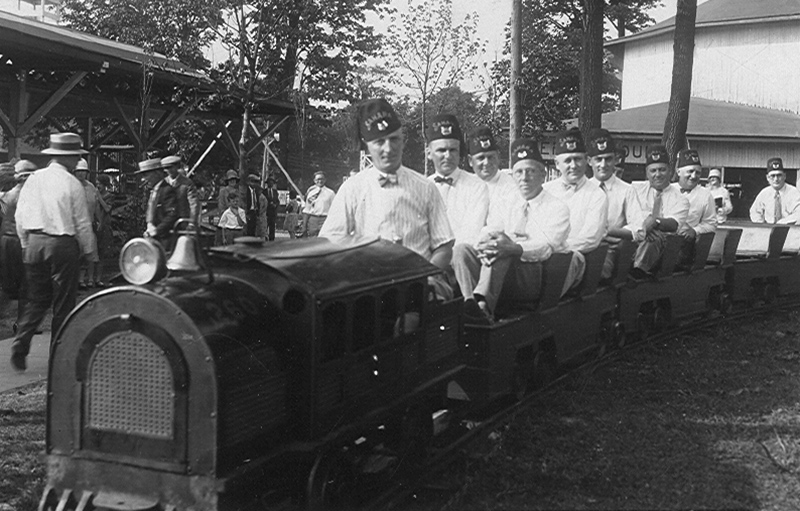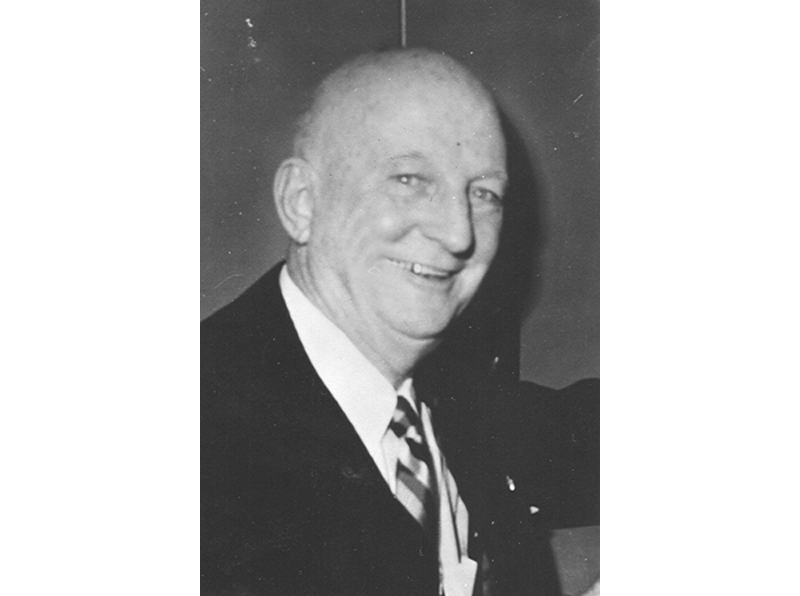
|
Broad Ripple Random Ripplings

The news from Broad Ripple
Brought to you by The Broad Ripple Gazette
(Delivering the news since 2004, every two weeks)

|
| Brought to you by: |

|

|

|

|

|

|
Converted from paper version of the Broad Ripple Gazette (v05n02)
The History of the Riviera Club: Seventy-Five years of Summer Fun and More - by Mario Morone
posted: Jan. 18, 2008
The next few issues of the Gazette will feature parts of a story written by Mario Morone on the history of one of the best-known and best-hidden jewels of the north side of the city. Yes, the Riviera Club is that place with all the swimming pools you see behind the trees on Westfield and Illinois. It is also a piece of Indianapolis history.
Generations of children and adults have pedaled bicycles, ridden in cars or walked to the Riviera Club to swim for seemingly endless Indianapolis summers. Bordering the Broad Ripple, Butler-Tarkington and Meridian-Kessler neighborhoods, it is a recreational mecca for northside families living in and around these areas. A 75th Anniversary kick-off dinner and family night was held January 12 with catering by Jugs Chicken Dinner
"The Riviera Club is culminating its 75th Anniversary in 2008 with the publication of a book on its history later this year," Maureen Faul noted. Her parents joined the Riviera Club when she was a year old. She graduated from Chatard igh School where she was senior class president and earned a bachelor's degree in telecommunications from Indiana University. Faul is currently editing, researching and writing information with fellow Riviera Club members Wanda Shank and Pat Lawson.
They have compiled a rich history of articles and photographs but want past and present members to send memorabilia and pictures of their Riviera Club experiences to 5640 North Illinois Street in Indianapolis, Indiana, 46220. Individuals are encouraged to call 255-5471 and visit www.rivi.org for more information.
An early photo of The Riviera Club founder James Makin. Makin worked at Broad Ripple Park during the summer, where he gained his interest in the amusement and recreation business (Photo taken around 1925).

image courtesy of Riviera Club
James H. Makin and his wife, the former Ethel Margaret Dougherty, conceived an idea for an Indianapolis recreation facility in the late 1920s. Rising from modest beginnings to become a catering and recreation entrepreneur, he moved often during his childhood before settling in Indianapolis.
Makin moved to Galveston, Indiana (near Kokomo) at age seven from Iowa in 1893. His father was a lumberman contracting for supplying railway ties to the Great Northwestern Railroad. His mother died suddenly when visiting relatives in Galveston where Makin stayed and lived with his grandmother. He worked in his Uncle Sam Bevington's Hardware store that was located where the City Building currently is today.
A later photo of Makin.

image courtesy of Riviera Club
| Brought to you by: |

|

|

|
Makin lived with an aunt who was an Indianapolis News feature writer when he moved to the Circle City at age 10. Graduating from high school here, he returned to Galveston where he resumed working in his uncle's hardware store three more years before moving to Chicago.
Upon returning to Indianapolis from the Windy City in 1911, Makin became interested in the amusement and recreation business at age 25. He worked during summers in Broad Ripple for 17 years and eventually entered the restaurant business. He was also in charge of a powder plant commissary in Nashville, Tennessee, at the end of World War I. In the late 1920s and early 1930s, Makin did extensive catering. In 1930, he and his employees served the largest Indiana banquet ever held at the Manufacturer's Building at the State Fairgrounds. Over 5,000 guests were served dinners honoring President Herbert Hoover.
After Makin married Dougherty in 1926, they worked on their recreational project that would become the Riviera Club. According to a June 11, 1953, article from the Cass County-based Galveston Leader newspaper, "The purpose of the club was broader than most private clubs as it was to furnish social and recreational facilities which could be enjoyed by any or all family members. Among the activities were dancing, mixed gymnastic classes, shuffleboard tournaments, card parties and a bowling association that became one of the largest in the United States. It also included a camera club."
Photography was a hobby that Makin enjoyed as his camera would ultimately record many events in the Riviera Club's early history.
Their recreational project was believed to be the first of its kind in America, though warmer states like California and Florida would later become popular private club destinations. A Midwest location was not only unique in its vision, but also would encounter economic and meteorological turbulence unforeseen by most entrepreneurs.
During the Great Depression in January of 1933, Makin met with 10 of his closest friends at the Butler University Campus Club. He discussed with them his vision of a member-owned pool and recreation facility. Asking these individuals to each bring 10 friends to their next meeting later that month, word spread around the community.
Charter family memberships of $10 were pledged to be paid when construction began, but President Franklin Delano Roosevelt ordered banks closed nationwide on March 6, 1933, for four days.
"Many people who pledged memberships were unable to fulfill their pledges, but project continued when Ethel put up $10,000 of her life savings as she became a partner with her husband in the Riviera Club," Faul noted.
FDR promised that Congress would create a plan to save the failing banking industry, which occurred on March 9 as the Emergency Banking Act of 1933 was passed. At month's end, three-quarters of the nation's closed banks were back in business according to Public Television's American Experience Great Depression Timeline found at www.pbs.org website. FDR's famous "Fireside Chats" commenced on March 12.
mario@broadripplegazette.com

|

|

|
| Brought to you by: |

|

|

|
| Brought to you by: |

|

|

|
| Brought to you by: |


